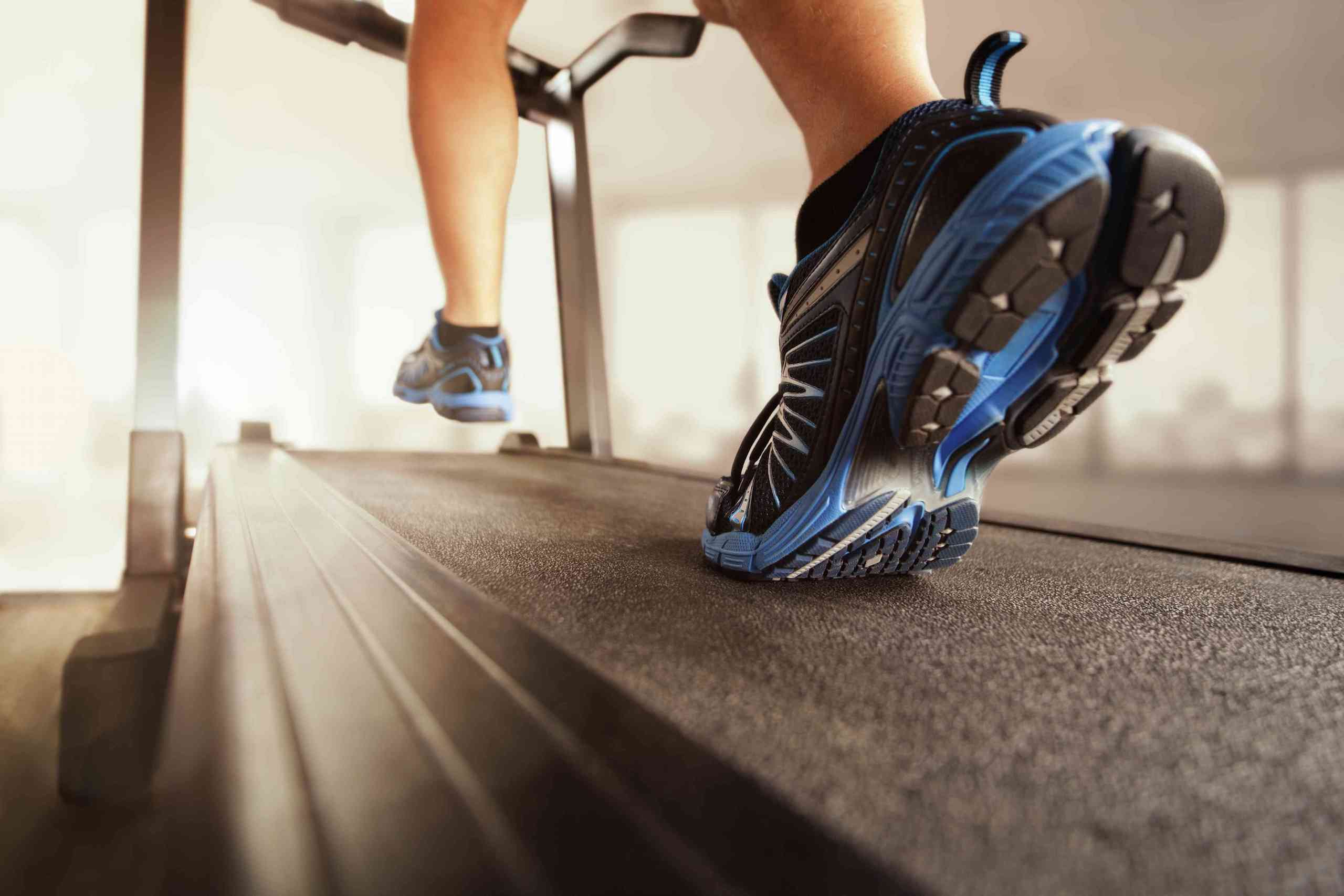Unfortunately, for new runners and experienced runners there comes the risk of injury. Understanding the underlying factors that can lead to injury can help in the prevention or management of running injuries.
There two types of running injuries:
- Traumatic: Injuries that occur from a specific mechanism of injury, such as missed footing that results in a rolled ankle or fall with an impact to the knee. In these situations, these injuries should go through a standard course of medical and/or physical therapy management, as would be the case for similar injuries that occur in settings other than running.
- Overuse or overloading: These running injuries are related to misadaptation as a result of training errors, such as sudden:
- Increases in speed and/or mileage.
- Addition of or increase in uphill and/or downhill training.
- Changes to footwear.
- Changes to mechanics/running form.
- Changes to terrain (treadmill to/from road to/from trail)
These sudden changes result in increased tissue loading that occurs too quickly for tissues (muscle, tendons, and bones) to adapt to, resulting in increased risk of an overuse or overload injury. Additionally, factors such as stress, poor or lack of sleep, poor nutrition, and increased stress/anxiety/depression, place you at further risk of injury.
The most common types of running injuries resulting from overuse or overloading are:
- Proximal hamstring tendinopathy
- Anterior and/or lateral knee pain
- Shin splints
- Achilles tendinitis/tendinopathy
- Plantar fasciitis
- Stress reaction injuries (stress fractures)
Prevention of overuse running injuries involves gradual loading to allow for the appropriate tissue adaptation response.
Tips for the new runner or the injured runner:
- Set up and follow a training plan that allows for gradual increase in running volume week by week (5-10% increase per week). When you don’t follow a training plan, it is too easy to lose track of the mileage you are running week-to-week, setting up risk for a sudden increase in mileage that may result in injury. A training plan also accounts for the planned addition of speed/interval/tempo workouts if this is a running goal for you.
- Vary your running surfaces (treadmill, road, track, and trail). Variety helps the tissues to adapt and decreases overloading with one particular running surface.
- Be cautious with a sudden change in footwear, in particular from one brand to another. Different shoes can have very different specifications/features. Be mindful of drastic changes that your foot and body will need to adapt to, such as:
- Flexibility
- Weight
- Stack Height
- Stability and Motion Control Technologies
- Heel-to-Toe Drop
- Run often (but, it doesn’t have to be high mileage and it doesn’t have to be fast). Research supports that running more than 4 times per week helps in the prevention of injury. Regular and consistent running helps encourage tissue adaptation with regular loading (but, without overloading)
Efficient Running Technique
An efficient running gait promotes lower ground reaction forces (how hard you impact the ground), lower ground contact time, and lower vertical displacement. All these factors decrease the load placed on your tissues, decreasing risk of injury. A runner wants to strive for a gait pattern where the initial contact with the ground is close to your center of gravity (i.e. directly underneath you) and a cadence between 165-180 steps per minute (180 is ideal, but not perfect for everyone). Think about running softer. This simple cue often naturally shortens your stride, increases your cadence, and brings your foot closer to your center of gravity when it contacts the ground.
If you find yourself in the unfortunate situation of sustaining a running injury, our university trained therapists at Venture Rehab can work with you to manage your injury and continue with your quest towards your running goals.
Written by Amber Rollack, B.Sc.(P.T.), M.Cl.Sc., Cert.Med.Acup., C.G.I.M.S., F.C.A.M.P.T.
